
Fuel filtration facts
By Scott Grossbauer Donaldson Company
Features Tech tipsFree water is probably the single biggest cause of fuel system failure. Manufacturers require that zero free water reaches a high pressure common rail fuel system. Water absorbers are the only sure way to prevent free water from being dispensed into your equipment.
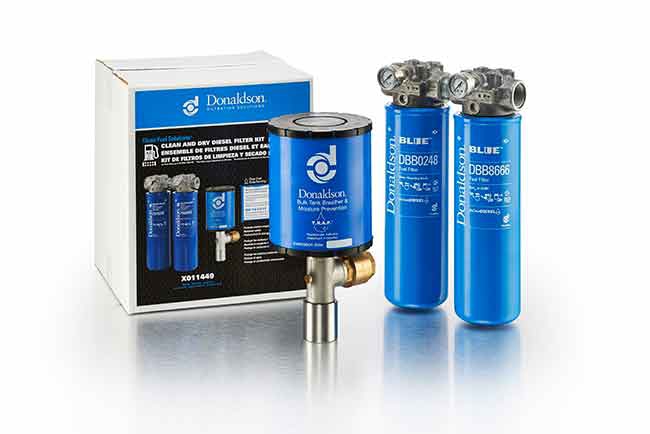 Donaldson is one company that offers a full range of fuel filtration solutions for a number of engine OEMs. Free water is probably the single biggest cause of fuel system failure.
Donaldson is one company that offers a full range of fuel filtration solutions for a number of engine OEMs. Free water is probably the single biggest cause of fuel system failure.Eliminating water will reduce rust, corrosion, wear, fuel degradation and other damage. It will also help prevent denied warranty claims.
Rental companies can look at using water-absorbing media in a few different ways to ensure that the returned equipment’s tanks do not contain water. First, you can use it on your own fuel systems to ensure the equipment’s tank is being filled with clean, dry fuel. This technology is also used as a critical part of a filter cart, which has the ability to draw fuel out of the tank bottom, remove the dirt and water, then pump it back in. There can be many unknowns in terms of where fuel is being sourced while the equipment is being rented and used. A filter cart allows rental companies to address at least some of the problems and inherent unknowns that are part of doing business.
How it works
Regular (particulate) filters and water absorbers do two distinct jobs. The former removes hard particles from fluids while the latter removes free water. The media of the filters are quite different, each designed to optimize performance for the specific job at hand. Clean Solutions particulate filters are made of synthetic fibre. The fibre’s consistent size and shape allows for specific pore size control and the maximum amount of contaminant-catching surface area. The result maximizes both filter efficiency and dirt-holding capacity.
Water absorbers, on the other hand, use super-absorbent polymer technology with a high affinity for water molecules. This media quickly and effectively removes free water from petroleum-based fluids. Unlike coalescing media, absorbent media is not disabled by the surfactant in ultra-low-sulfur diesel. Coalescing media is used to collect small water droplets and make them bigger, eventually causing them to drop down into the bottom of the can where they can be drained if needed (since water is heavier than fuel). Water absorbing media uses a super absorbent polymer (SAP) and through osmosis the water is chemically captured in the polymers. The reason this is important is that SAP will work and absorb water in varying conditions, while coalescing media can be disarmed or less effective than required in the presence of certain additives or biodiesel. Since the introduction of ULSD about eight years ago, diesel has contained these additives to meet fuel standards or give the fuel desired properties. The popularity or mandate of biodiesel is also prevalent in many areas of North America, adding more difficulties. One only has to look to the jet fuel industry to understand how important the use of SAP is and the effect of additives on coalescers. There are now strict standards in place to keep diesel and jet fuel separate so that the coalescers used in jet fuel distribution remain as effective as possible. In addition, the last filter that jet fuel sees before it gets pumped onto the wing of an aircraft uses the same SAP being discussed here.
Applying and installing
Water absorption media can be applied to the equipment’s fuel tanks, but each system would be unique and installed and fit-up separate from the existing fuel system filtration and water separation. When this media comes into contact with excessive water, it increases the pressure drop and will behave like a plugged filter. Many engine applications can’t tolerate a complete loss of fuel flow in the presence of water, so the technology is not yet used on new equipment. Most of the applications for water filtration are for bulk filtration; installing a system on the dispenser pump so that no water is pumped into the equipment’s tank in the first place. Here it is less critical if water plugs the filter because there is usually enough time to change the filter without affecting any critical operations or uptime.
Water-absorbing media is configured into a traditional spin-on can, which in turn is used in conjunction with a filter head to direct flow into and out of the element. It is important to plumb the water absorbing filter after the filter used to remove particulate so that when the system plugs for some reason, you can examine whether it was the particulate filter or water-absorbing filter that plugged. Each scenario will tell you something different is wrong with the fuel. You need to know and be aware if there is a contamination problem versus a water problem, because how you address the issues are typically different. The absorber is installed in the secondary position because the particulate filter is much better at catching and holding dirt. Dirt will not reach the absorber and therefore it will last much longer. In addition, this enables the differential pressure gauge on the absorber to work as a diagnostic tool alerting when there is a water problem in the tank. If the absorber were plumbed first, it would load with both dirt and water, plugging faster and losing its diagnostic capability.
Adding any filtration, particulate or water, will not introduce difficulties but can reveal problems with your fuel that you didn’t know existed. Currently there may be excessive dirt or water that gets delivered from a fuel supply, but without any bulk filtration there is really no way of knowing it. The equipment filtration system is designed to prevent engine damage from these factors, but as engine technology evolves and on-engine filters get more efficient, their tolerance for excessive dirt or water in the fuel has gone down. The negative effects may be seen as plugged filters, reduced service intervals, or poor engine performance.
The philosophy behind using bulk filtration to remove dirt and water is that you can receive an inconsistent incoming supply of diesel but still feed a consistent, clean, dry supply of diesel to the equipment. This makes maintenance and service intervals very predictable, prevents unplanned downtime, and keeps the equipment running for as long as possible.
Print this page
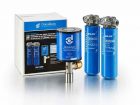
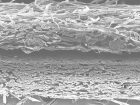
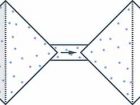
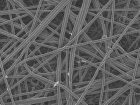
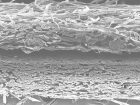
Leave a Reply